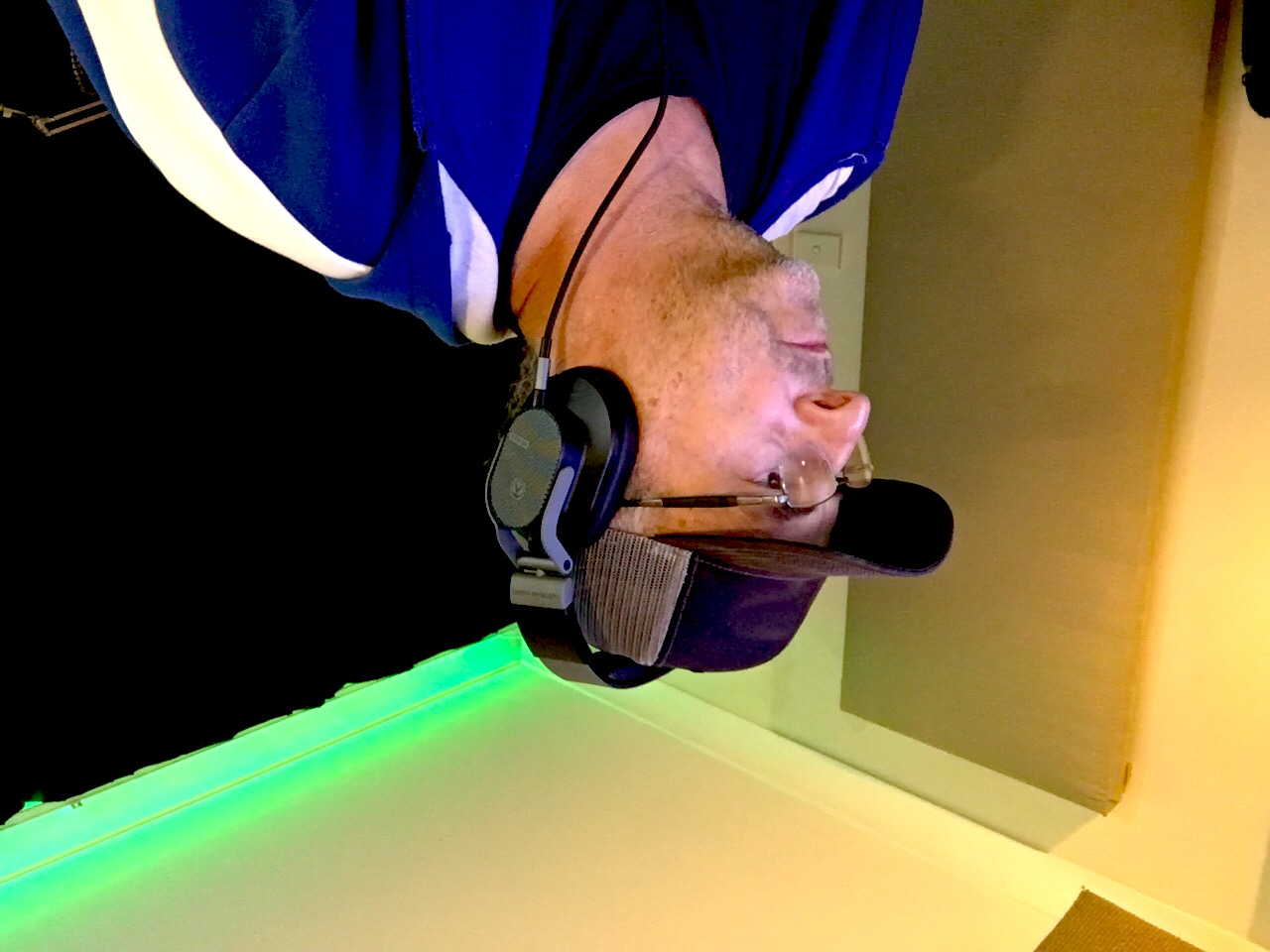Mastering Home Podcast Recording: Top Tips for Stellar Audio and Content
- Darren Robertson
- Jun 16, 2024
- 3 min read
Top 5 Tips for Recording High-Quality Podcasts at Home
Whether you’re a seasoned pro or just starting out, recording a top-notch podcast from the comfort of your own home can be a bit tricky. But fear not, I’ve got you covered with some straightforward, practical tips that’ll have your podcast sounding like it’s been produced in a high-end studio. Let’s dive in!

1. Choose the Right Space
First things first – find a quiet, echo-free space in your home. Avoid rooms with hard surfaces that bounce sound around like a rogue cricket ball. Instead, go for a smaller, carpeted room filled with soft furnishings. A wardrobe full of clothes or even a blanket fort can do wonders for dampening sound and reducing that pesky reverb.
2. Invest in a Good Microphone

You don’t need to sell a kidney to get good audio gear, but a decent microphone is a must. USB mics like the Audio-Technica ATR2100x are great starter options. If you’ve got a bit more cash to splash, consider an XLR mic like the Shure SM7B paired with an audio interface. Trust me, your listeners’ ears will thank you.
3. Mind Your Mic Technique
Once you’ve got your mic, it’s time to get up close and personal. Position the mic about 6-8 inches from your mouth and speak directly into it. Use a pop filter to catch those plosive sounds (think “p” and “b” sounds) and keep your voice sounding smooth. And for the love of audio, avoid moving around too much while recording – consistency is key.

4. Control Your Environment
Turn off noisy appliances, close windows, and politely ask your household members to keep it down during recording sessions. If external noise is still an issue, consider investing in some soundproofing foam panels or heavy curtains to further isolate your recording space.
5. Edit Like a Pro
Recording is just the beginning – editing is where the magic happens. Use software like Audacity (free and easy to use), Adobe Audition, or Pro Tools to clean up your recordings. Remove background noise, adjust levels, and add some compression and EQ to make your voice sound rich and full. And don’t forget to listen through with headphones for any sneaky mistakes that might’ve slipped through.
Of course, there’s more to a great podcast than just great audio. Content is king, and your performance matters just as much as your gear. To ensure your podcast not only sounds good but also keeps your audience hooked, here are a couple of bonus tips to help you shine.
Bonus Tip: Stay Hydrated and Relaxed
A relaxed podcaster is a good-sounding podcaster. Keep a glass of water handy to avoid dry mouth, and take a few deep breaths before you hit record. Remember, you’re here to share your passion and knowledge – so have fun with it!
Bonus Tip: Prepare Like a Pro
Preparation is key to a successful podcast interview. Take the time to research your guest thoroughly. Read up on their background, listen to other podcasts they’ve been on, and jot down some insightful questions. Planning your interview structure and having a clear idea of the topics you want to cover will make the conversation flow naturally and keep your listeners engaged. Preparation not only boosts your confidence but also shows your guest that you value their time and expertise.
"The only way you can prepare is by knowing the subject, by having done your research and knowing what you're talking about."
Sir Michael Parkinson
With these home podcast recording tips in your audio toolkit, you’re well on your way to creating podcasts that sound as if they were produced in a professional studio. Got any more questions or need a hand with your setup? Just Ask Robbo – I’m here to help!






Comments